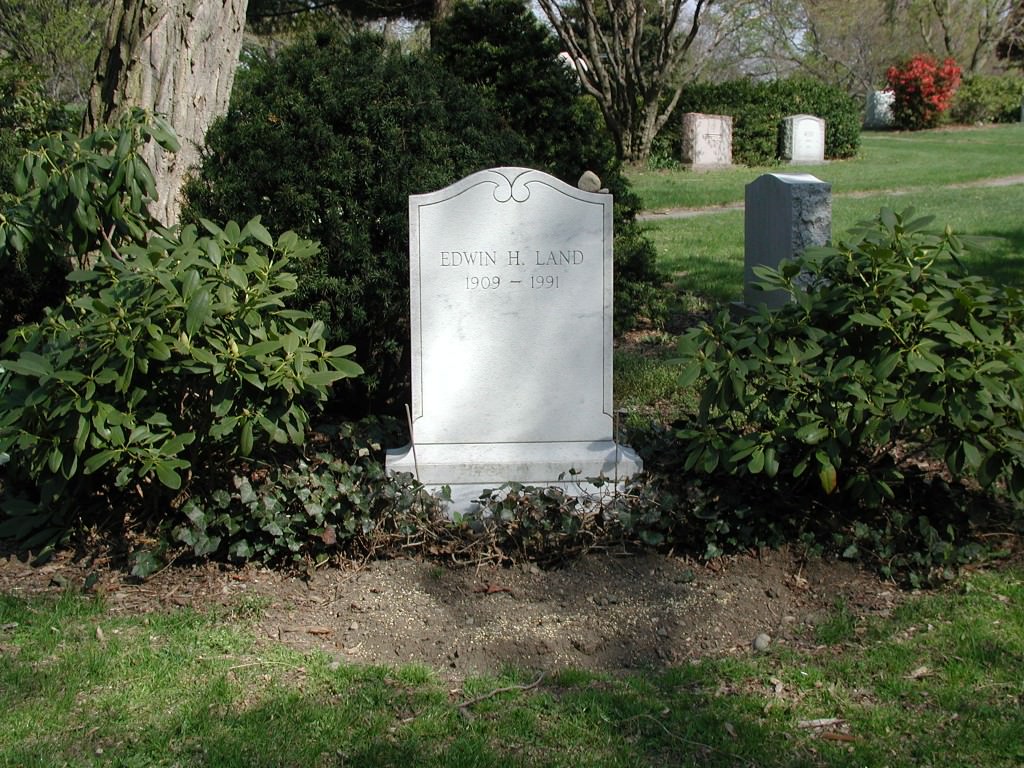Edwin Land (1909-1991)

Edwin Land, inventor and photography pioneer, was born in Norwich, Connecticut on May 7, 1909.
Land displayed interest in polarization and the properties of light from a young age, as exemplified by his fascination with kaleidoscopes and stereopticons and his attentive reading of the textbook Physical Optics. He entered Harvard in 1926, but left soon after to pursue research on optics and polarization at the New York Public Library. He wanted to improve automobile headlights and focused his research on how to develop a thin and inexpensive polarizer.
Land experimented with various polarization methods, but ultimately found success when using a plastic coating on sheets of films covered in microcrystals which, by way of electric or magnetic fields, acted as a polarizer. He perfected this method and returned to Harvard in 1929; he was soon given his own lab. Three years later he was the first and only Harvard undergraduate to a deliver a physics department seminar.
Instead of completing his degree, Land chose to begin manufacturing his polarizer with a Harvard physics professor, George Wheelwright III. Because of the diverse applications of his product, Land attracted the attention of research labs at General Motors, General Electric, and Eastman Kodak. Land launched the Polaroid Corporation in 1937 in response to these great successes. Land worked as President of Polaroid from 1937 to 1975, and as Chairman until 1982, when he retired. During his tenure at Polaroid he also worked for NASA and the U.S. Department of Defense.
In 1943, when Land’s daughter asked him why she couldn’t immediately see the picture he had just taken of her, he began contemplating the answer. Within an hour he had determined the basic elements to make it possible. He used the principle of diffusion to reproduce the image from the lens onto photosensitive paper, and in 1948 the first instant cameras were available to consumers, featuring pull-apart sheets of film and sepia-toned photographs. By 1963, the cameras could display instant color. The arrival of SX-70 technology eliminated the need to pull apart sheets of film, and meant that images were instantly dry.
While Land is best known for his contributions to photography, he is remembered by the scientific community as a huge proponent of scientific inquiry and an advocate for small, independent scientific industries. Land held 533 patents (only Thomas Edison held more) and was elected to the Inventors Hall of Fame. A visiting professor at both Harvard and MIT, his philanthropy led to Harvard’s Science Center and MIT’s Undergraduate Research Opportunities Program.

Edwin Land is buried at Mount Auburn Cemetery in Lot 10123 on Aronia Path.
Adapted from the research of Judy Jackson and Laura M. Gosman, as published in Mount Auburn’s Person of the Week: Edwin Land, 2001.
Leave a Reply to DON RICKTER Cancel reply